Overcoming the Upland Hunter’s “Wall” and Other Common Upland Errors
I recall a long time ago conversing with a friend while in the woods chasing upland game in southern New Hampshire. We were both out of college, recently embarked on new marriages and trying to make a start at life. We both agreed that we wished we had more time to hunt and fish, realizing that life was pulling hard in the opposite direction. I said, “you know, if all goes well and we stay healthy we will have at least 50 more upland seasons ahead of us.” That is how important upland hunting was to us and it still is today, 30 upland seasons later-17 of which I have guided upland hunters over my spaniels and worked with numerous other guides with pointing breeds.
I do not wish to disparage any hunter that makes a choice to hunt with pointing breeds. It has been my choice to hunt with flushing breeds – English cockers as of late – and I don’t ever plan to change that. However, I can say that I have discussed challenges that we – professional upland guides – have faced regardless of the breed of dog we hunt.
The “Wall”
Anyone can learn to shoot. Not everyone can learn to shoot instinctively. Some people get it. Some people don’t. Some will improve their shooting over time and other will not. Volumes have been written about shooting and how to shoot well. I don’t want to talk about shooting here, but rather something that happens before a shot even presents itself. You can call it what you want, but a term that has surfaced among guides I work with is the “wall.” What is the “wall” you wonder? It is that moment when a pointing dog goes on point or a flushing dog gets hot before the flush. The proper response from the gun is to get in on the dog in anticipation of the flush as quickly as possible. What we see more often than not, mostly with inexperienced hunters, is the client/gun/hunter stops in his/her tracks, losing the momentary advantage that the hunter gains by using the dog. It is like they hit an invisible “wall.” They freeze where they are standing. Inevitably the bird – woodcock -grouse – flushes just out of range or behind thick brush where no shot can be afforded. As a guide, I find myself physically pushing clients closer to the dog from behind, saying to them to keep moving, don’t stop, get closer.
Two other ways to improve upland hunting success or percentage include anticipation of flush and observation of the dog while hunting. Too often I see clients walking aimlessly through the coverts while the dogs work around them. Granted there is a lot going on in the woods and sometimes paying attention to the dog is the least of your worries. We hunt in Maine and there is nothing easy about it. Uneven ground, slash, bogs, streams, logs, blowdowns, skidder tracks, leaves on trees, branches that want to take out your eyes on every step. You get the picture.
Keeping An Eye On The Dog
But if you can keep an eye on where the dog is working you are a step ahead of the game. Better yet, if you can see the dog, watch the animation. Is he excited, turning abruptly, nose down tracking – or running smoothly? Knowing what the dog is up to will go a long way to increasing your success. The anticipation of the flush is subtler. It is a way of walking through the woods and continually positioning oneself as best as possible for the immanent flush. It is difficult to put to words and more difficult to demonstrate for a client– but as I guide, I have found myself with beautiful shot opportunities at birds that my clients don’t get, simply due to how I walk through woods and where I place myself in relation to the working dog.
I see clients often bulldozing through the forest hoping a grouse flies in front of them. Flush anticipation is a flow through the woods that is developed over time and with experience. It is a learned skill, even though I am not consciously doing anything. Choices are being made by the hunter at a rapid pace. Do I go left of this tree? Do I stay on the ridge or walk into the depression? Do I walk behind the raspberry patch or through the middle of it? All I can say here is the hunter must think about where you move and how that movement might impact your ability to get at shot at a bird that flushes in range.
Advice From A Registered Maine Guide
Keep in mind everything I mention here comes from experience hunting in the Maine woods for wild birds. Obviously other species in other parts of the country require different skills, but much of what I write here can translate into hunting other species in other places.
I think lastly, listen to your guide –this goes without saying – hunting or fishing. You might not like or believe what you are being told, and it’s not to say guides are always right, but generally, you hire them for their expertise and experience, and often you are hunting with their dogs – and no one knows them better. Hunting wild birds in the Maine woods is not similar to hunting planted birds on a preserve. It is a very different and an immensely rewarding experience that requires skill, technique and proficiently to be done successfully. If all goes well, we all will have many upland seasons ahead of us -and a bird or two for the pot.


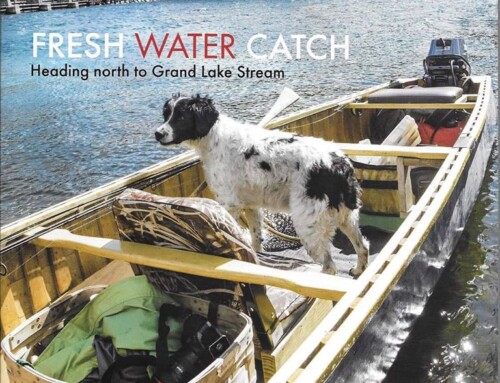
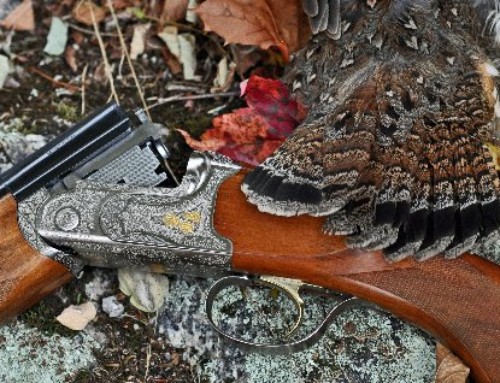
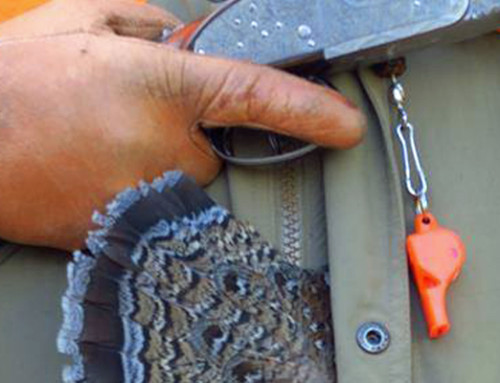
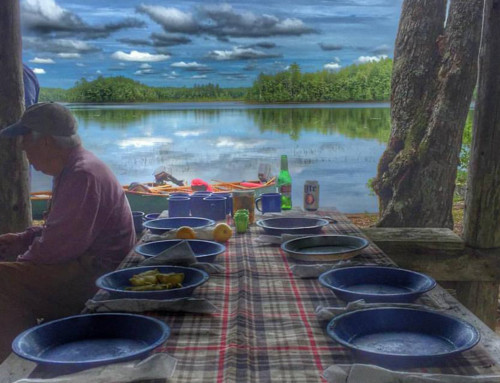
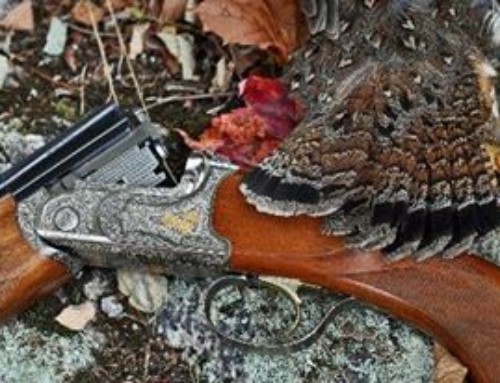
You are spot on!! Another thing is talking. If you have a nice conversation about your golf game the chances are that the birds will flush wild!!
Hey Jeff, I will stick with pointing dogs (GSP). The woods are just to thick for flushing dogs. Hope all is well. Peter (New Gloucester) former upland & duck hunting buddy..